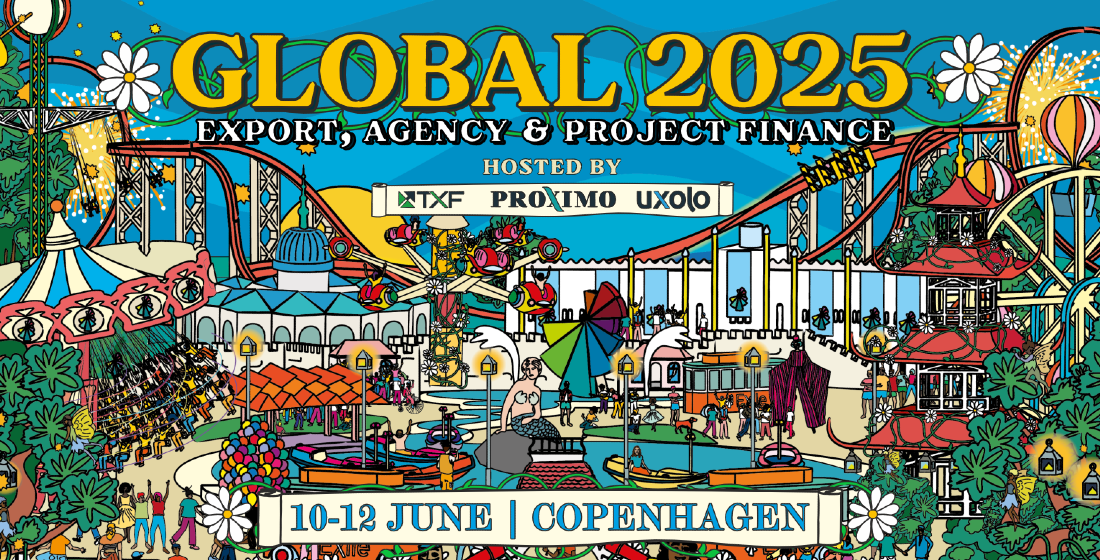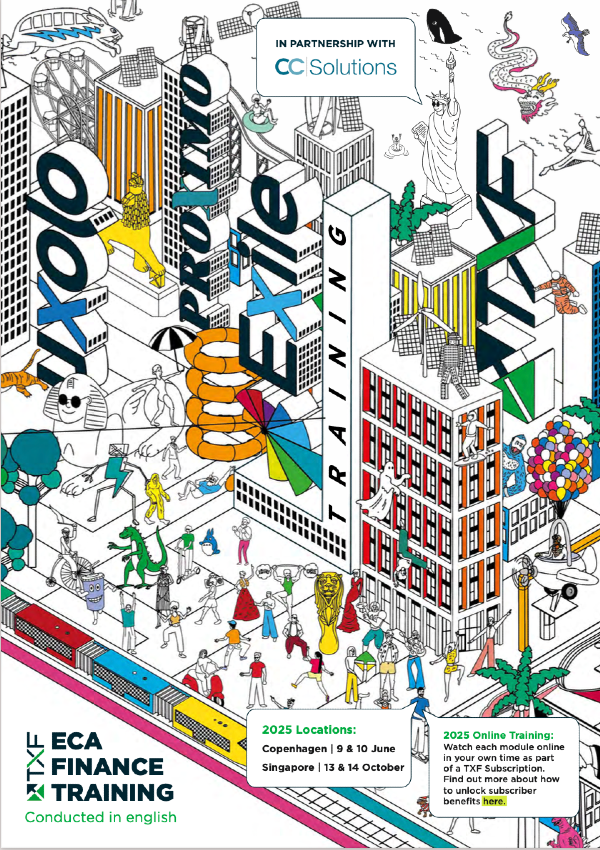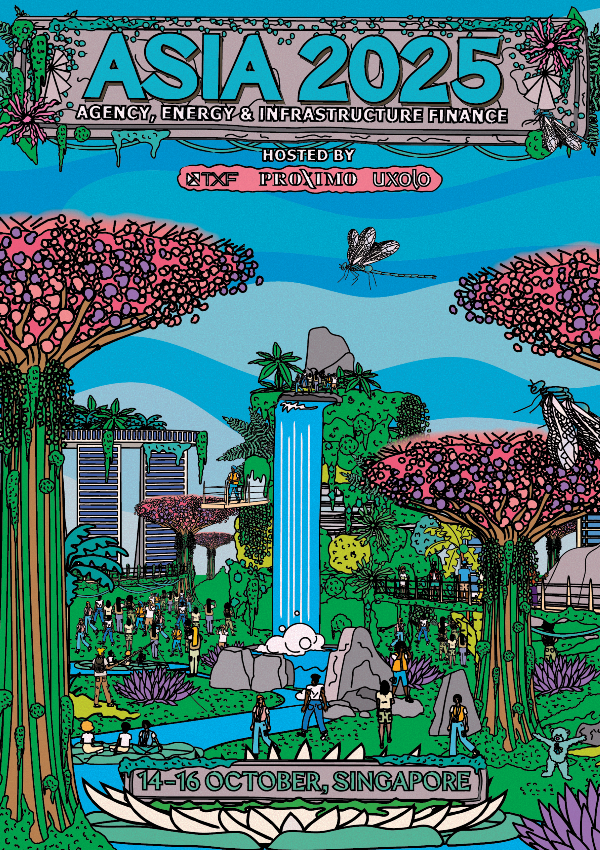TXF Development Finance Report: Europe attracts most funding
TXF Data has released its inaugural Development Finance Report, covering the activities of all of the main multilateral development finance institutions. The results may surprise.

TXF Data has released its inaugural Development Finance Report, which covers the activities of all of the main multilateral development finance institutions. The report is the only one to gather and analyse project-level data from the largest multilateral development finance institutions - those with multiple public shareholders and which operate in more than one country. It shows which banks have been active in which sectors and regions, and which regions, countries and sectors have attracted the most attention from multilateral DFIs.
Multilateral DFIs provide funding as grants, loans, insurance, or equity investments in projects that contribute to economic and social development. They are important players in sectors and countries that struggle to attract cost-effective funding from commercial sources. The oldest - the World Bank - was founded in 1948. The most recent - the Asian Infrastructure Investment Bank - started operations in 2016. These institutions have become crucial means of encouraging economic and political links between countries and promoting cross-border trade links.
But the largest and most active institution caters mostly to the high-income countries of the European Union. The European Investment Bank accounted for over 45% of all approved development finance commitments by multilateral MFIs in both 2015 and 2016, and Italy, Spain, France, and Germany were the largest approved recipients of funding from multilateral DFIs anywhere in 2015. The EIB is also one of the most frequent targets of criticism from commercial banks that it is crowding out their efforts.
The report relies on the disclosures that multilateral DFIs make about their project-level activities, and standards vary widely. Some institutions provide more information, on a more timely basis, about projects and recipients/borrowers. The larger players often, though not always, provide the most information. Disclosures are typically made at or before approval rather than at close, and the definitions of sectors vary widely, so these have been mapped where possible, to the sectors that TXF Data uses in its own products. The currencies used in the report are those listed in disclosures, rather than the currencies in which funding is disbursed.
This report will serve as a preview for a wider effort to map and understand the contours of development finance, and TXF hopes to extend its analysis to include the larger bilateral development banks, as well as examine the efforts of DFI’s to mobilise third-party capital and support private sector development. We welcome any comments or observations you might have about its contents.
The full report can be downloaded here





